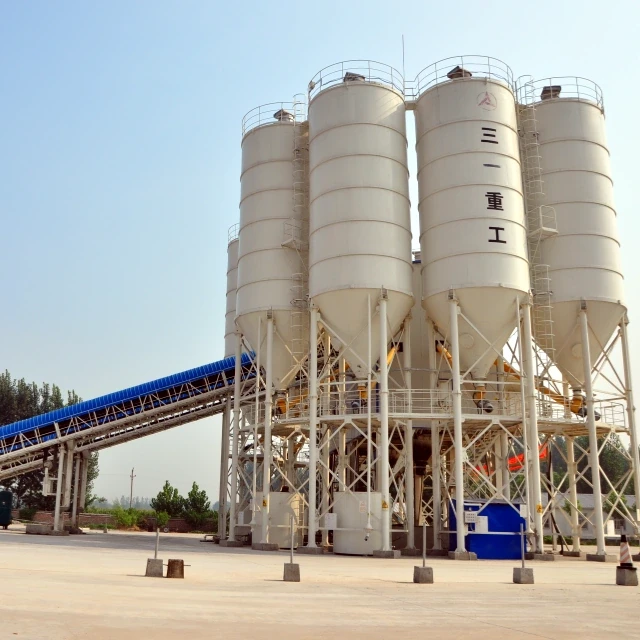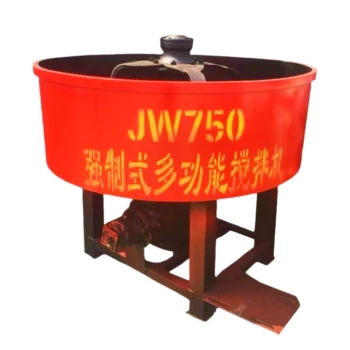Introduction
The construction industry’s relentless pursuit of efficiency has turned its focus to an unexpected hero: cement silos. Modern 100-ton cement silos now integrate cutting-edge technologies that slash operational costs, reduce environmental impact, and adapt to complex project demands. This article explores the innovations behind these advancements—from AI-driven inventory management to sustainable material designs—and how they’re reshaping storage solutions for large-scale infrastructure.
Future-Proofing Cement Storage
Smart Technologies Redefining Silo Efficiency
Gone are the days of manual cement tracking. Today’s silos use IoT sensors to monitor fill levels in real time, preventing costly overflows or shortages. For example, vibration-based flow aids ensure consistent material discharge, reducing waste by up to 15%.
Key innovations include:
- Automated moisture control systems that prevent clumping in humid climates
- Predictive maintenance alerts via embedded strain gauges, cutting downtime by 30%
- GPS-enabled theft deterrence, critical for remote sites
Ever wondered how construction giants keep cement quality consistent across months of storage? The answer lies in these silent, smart guardians.
Cost and Sustainability Gains in Modern Designs
Next-gen silos leverage high-strength, corrosion-resistant alloys that extend lifespans to 25+ years. A single 100-ton unit can replace multiple smaller silos, reducing land use and transportation emissions.
Tangible benefits:
- Energy savings: Solar-powered aeration systems cut electricity reliance by 40%
- Modular scalability: Bolt-on expansions accommodate project growth without replacement costs
Industry Applications and Long-Term Value
Case Studies: Success Stories Across Construction Sectors
In Dubai’s Burj Khalifa district, smart silos reduced cement waste by 22% during the monsoon season through automated humidity seals. Similarly, U.S. highway projects report 18% faster pour rates using silos with AI-optimized discharge scheduling.
Sector-specific adaptations:
- Tunnel construction: Pressurized silos prevent material hardening in subterranean environments
- Precast concrete plants: Just-in-time delivery systems sync with batching schedules
Adapting to Global Infrastructure Demands
With urbanization accelerating, silos now prioritize mobility. Quick-assembly designs enable rapid deployment for disaster relief housing or remote wind farm projects.
Future-ready features:
- Collapsible frames for easy transport
- Multi-material compatibility (e.g., fly ash, slag) to support green cement alternatives
Conclusion: Building Smarter from the Ground Up
The 100-ton cement silo has evolved from a static storage tank to a dynamic efficiency hub. For construction teams, adopting these systems means:
- Reducing waste through precision monitoring
- Future-proofing assets with upgradable tech integrations
- Meeting sustainability targets without sacrificing performance
As infrastructure needs grow more complex, these silos will become as vital as the cement they hold—silent partners in building the skylines of tomorrow.
For teams ready to upgrade, exploring reliable construction machinery brands like Garlway can provide the robust support needed for these advanced systems.
Related Products
- Hydraulic Concrete Mixer Machine Cement Mixing Equipment for Mixture Concrete
- HZS75 Concrete Batching Plant Cement Mixer Price Concrete Mixer Bunnings Mixing Plant
- HZS180 Ready Mix Concrete Plant for Foundations with Sand and Cement
- Portable Concrete Mixer Machine Equipment for Mixing Concrete
- HZS35 Small Cement Concrete Mixing Batch Plant
Related Articles
- How Concrete Mixers Cut Costs and Boost Efficiency in Construction Projects
- How to Reduce Measurement Errors in Concrete Batching: Proven Strategies for Accuracy
- How Small Cement Mixers Cut Labor Costs and Boost Project Value
- How to Prevent Structural Failures and Explosions in Concrete Plants: A Safety-First Guide
- How Small Cement Mixers Prevent Chronic Injuries in Construction Workers















